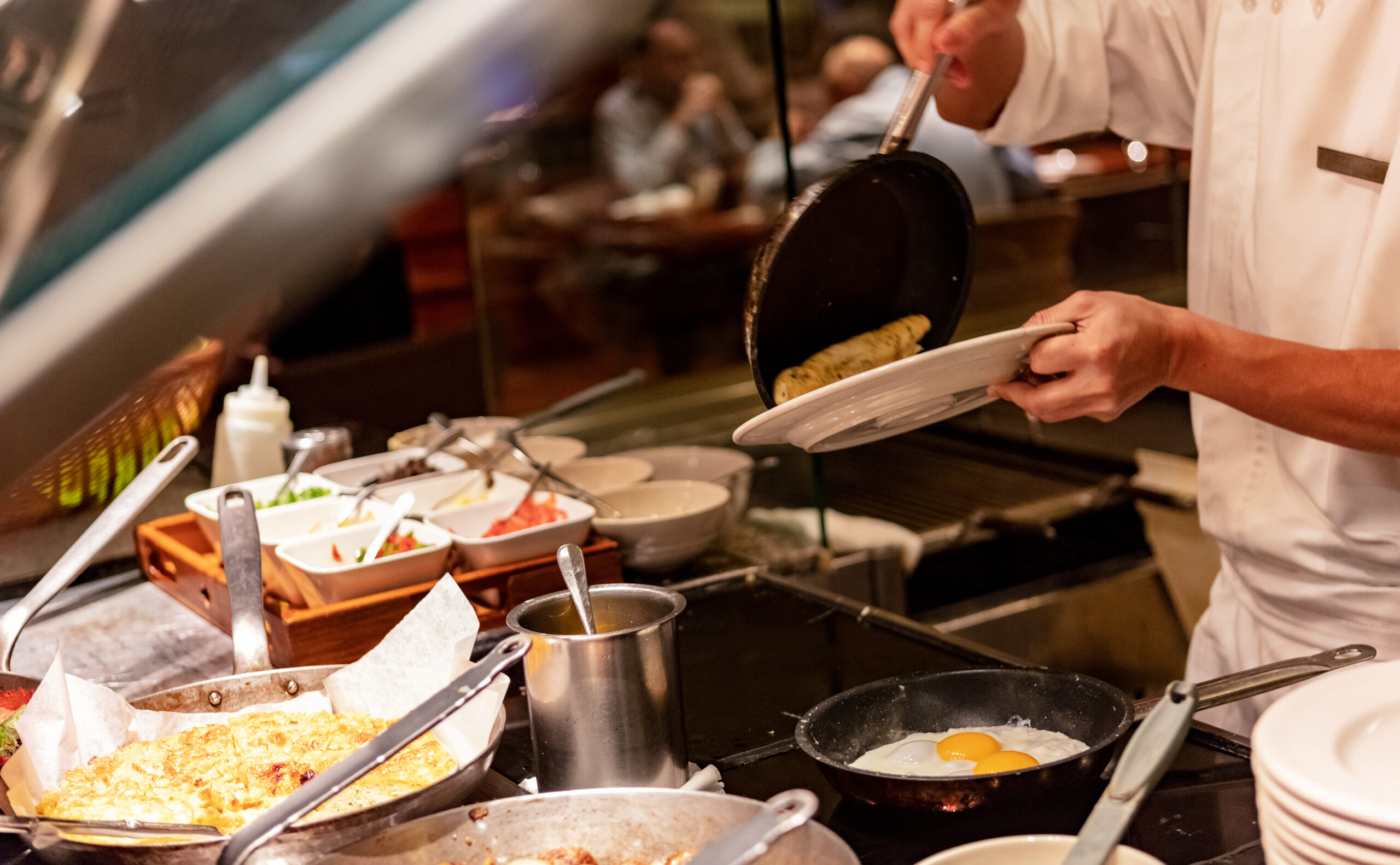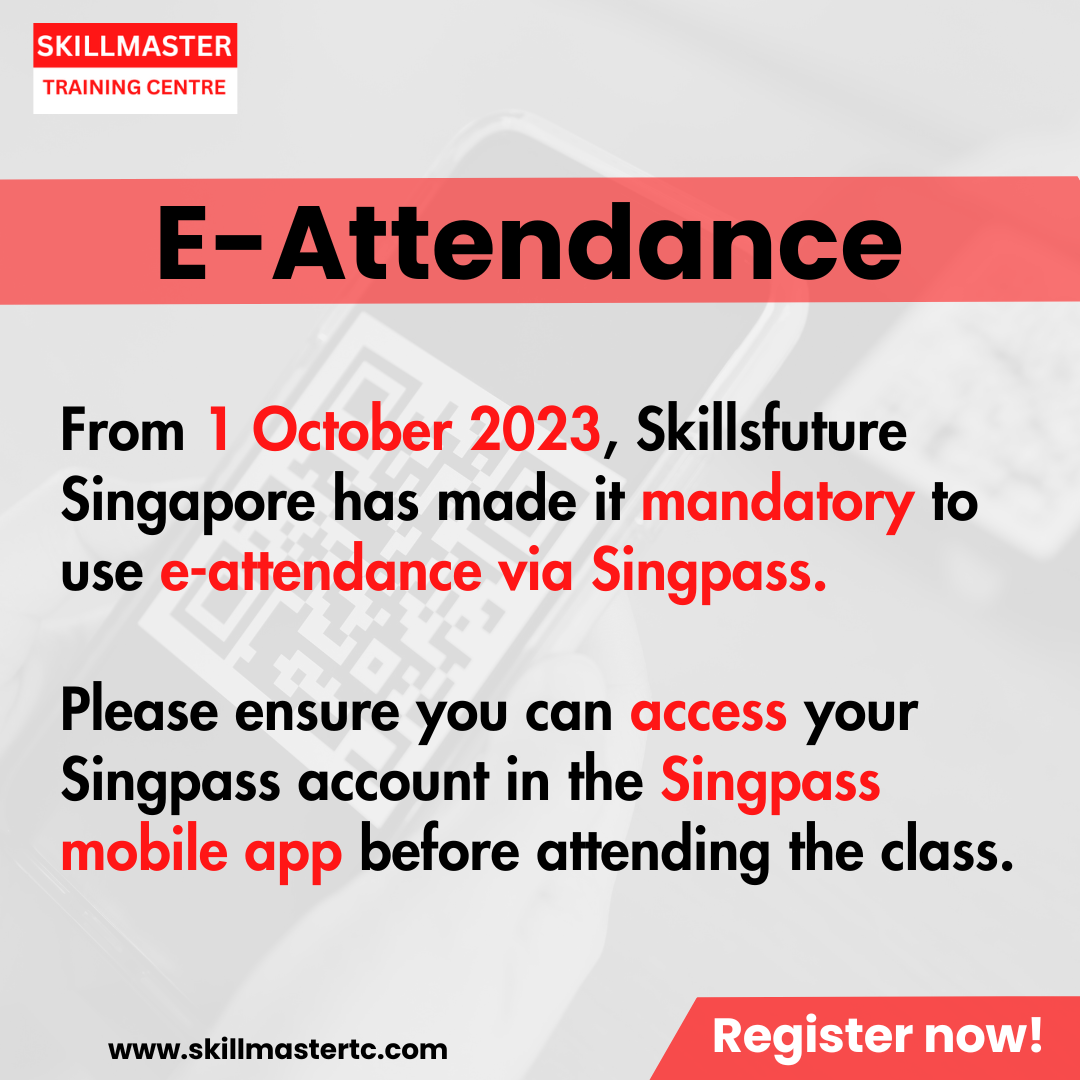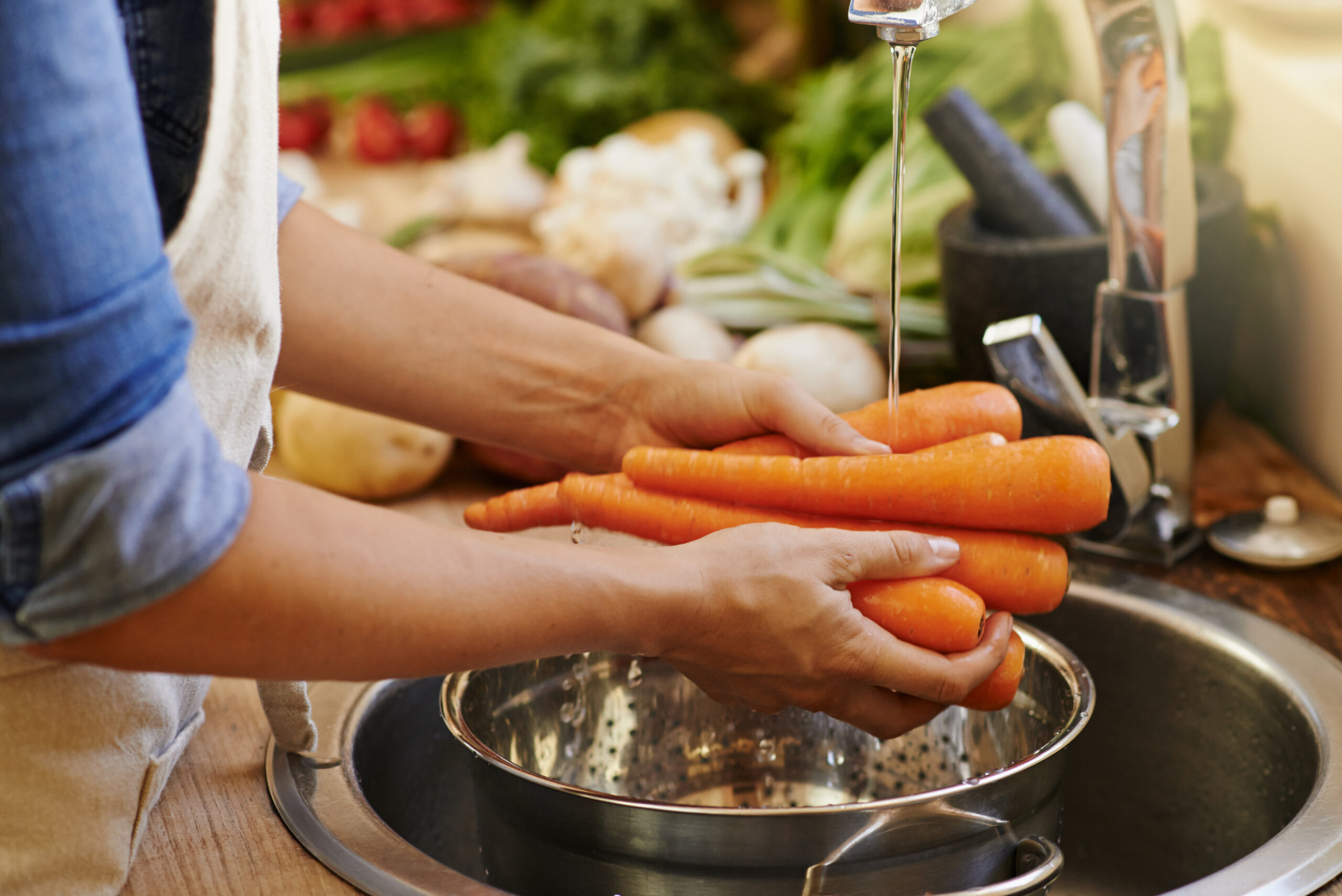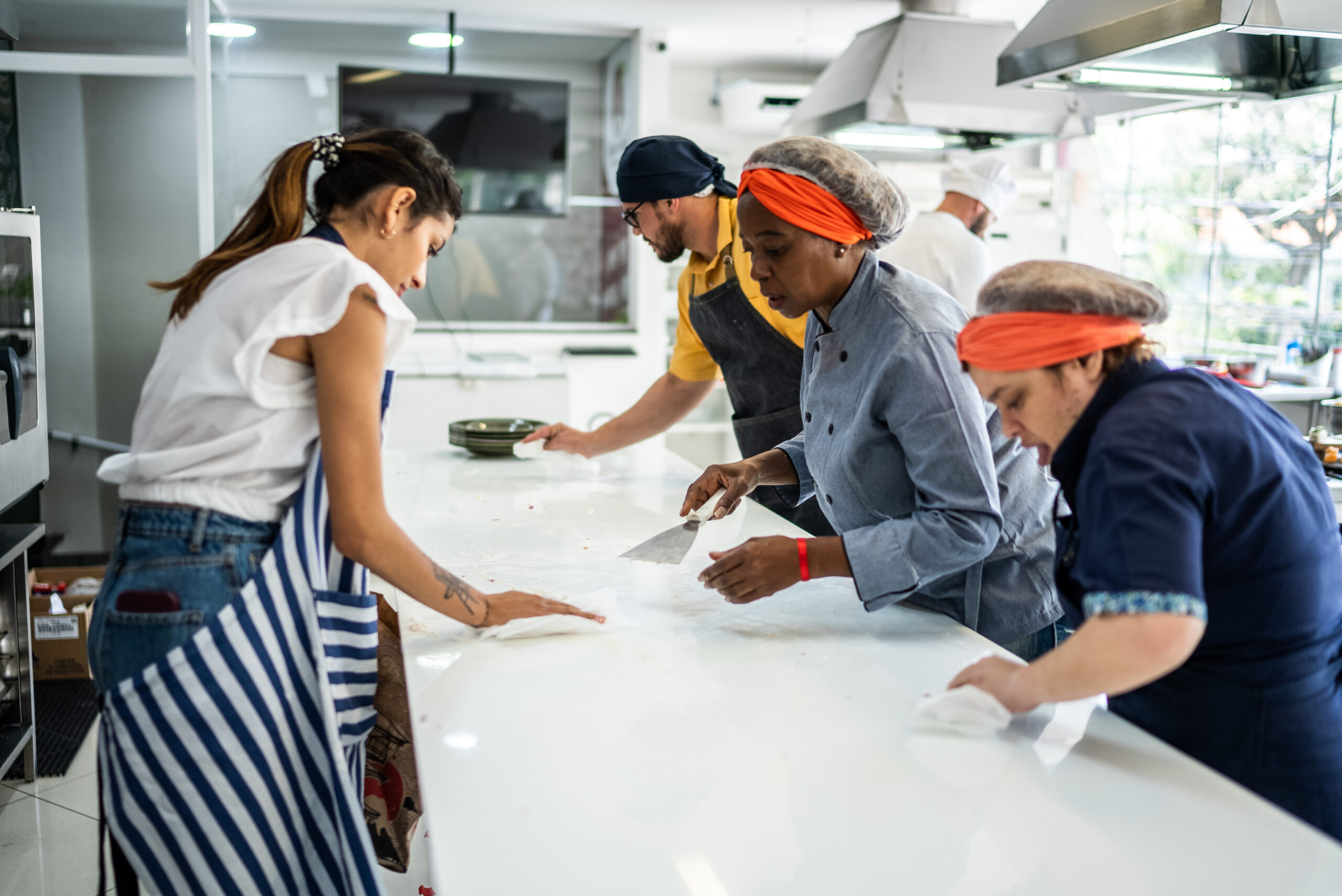Introduction
In Singapore’s bustling culinary scene, restaurant owners and managers are responsible for creating gastronomic delights that enchant the taste buds.
However, ensuring a safe environment for employees and customers is equally important.
In a food workplace safety scenario, slips, trips, and falls account for a significant percentage of restaurant accidents.
Not only do these accidents affect employees’ well-being, but they also can lead to considerable financial losses.
This article provides essential tips for establishing a safe working environment by preventing slips, trips, and falls in restaurants.
The Need for Safety
In the competitive restaurant industry of Singapore, efficiency and productivity are paramount.
However, rushing through tasks can sometimes overshadow the importance of restaurant workplace safety.
Singapore, known for its strict regulations and high standards, mandates that restaurants uphold workplace safety measures to protect both employees and patrons.
Preventing slips, trips, and falls is an integral part of this safety matrix, as these incidents can result in injuries, loss of workdays, and in some cases, legal repercussions.
Understanding the Risks
Before delving into the prevention strategies, it is crucial to comprehend the risks associated with slips, trips and falls in restaurants.
Most incidents are due to wet floors, loose mats, poor lighting, clutter, and worn-out footwear.
The probability of spills is high in a setting where food and drinks are continually being prepared and served.
Thus, understanding these risks is the first step in formulating an effective safety plan.
Tips for Prevention
Training and Awareness: Knowledge is the cornerstone of safety. Encourage employees to take a food safety course, which generally includes a section on workplace safety. This ensures they are aware of the best practices in handling food and the importance of maintaining a safe environment.
Regular Maintenance and Cleaning: Instituting a regular cleaning schedule is essential. Immediate cleaning of spills and routine maintenance of floors and equipment significantly reduces the risk of slips, trips, and falls.
Appropriate Footwear: Provide or require employees to wear slip-resistant shoes. This simple measure can significantly diminish the probability of slips, especially in the kitchen area, where the floor is often wet.
Adequate Lighting: Ensure the restaurant, including the kitchen and storage areas, is well-lit. Replace burnt-out light bulbs promptly and consider investing in automatic lighting systems for areas that are not continuously in use.
Clutter-free Environment: Keep walkways and work areas free from clutter. A place for everything and everything in its place should be the motto. Not only does this reduce the risk of tripping, but it also contributes to greater efficiency in the restaurant.
Floor Mats and Signage: Use high-quality floor mats to reduce the risk of slipping on wet floors and ensure that they are firmly in place. Additionally, use signage to temporarily warn employees and patrons of wet floors or other hazards.
Ergonomics and Layout: Design the layout of the restaurant to minimise unnecessary movements and crossings. This reduces congestion and the associated risk of collisions and falls.
Monitor and Evaluate: Implement a system to monitor and evaluate the effectiveness of the safety measures. Feedback from employees can be invaluable in identifying potential risks and areas for improvement.
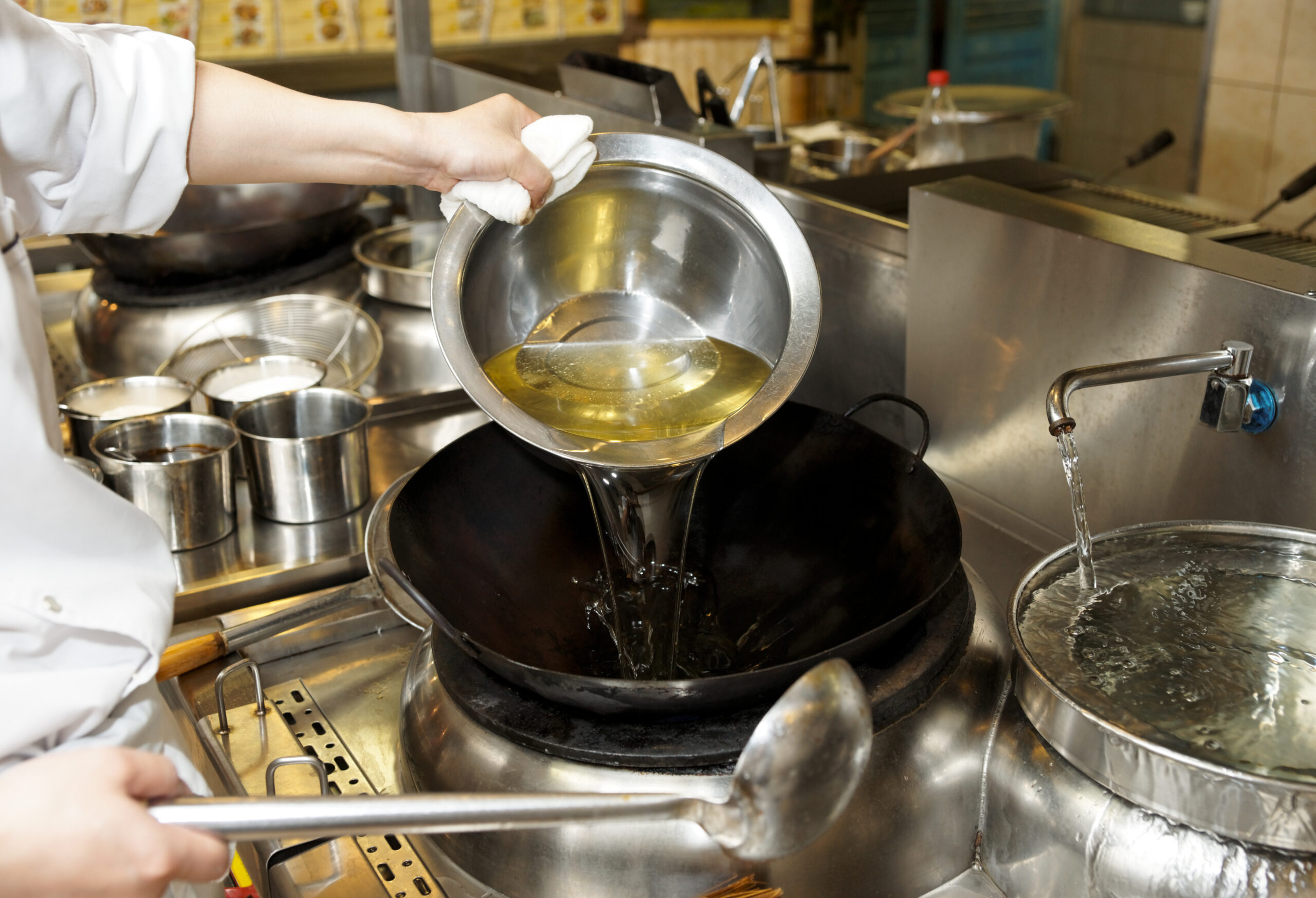
Source: iStock
Legal and Regulatory Context
In Singapore, the Ministry of Manpower has laid down guidelines that employers must follow to ensure workplace safety.
These guidelines include risk assessments, safety training, and adherence to safety standards.
Restaurant owners and managers must be familiar with these regulations and incorporate them into their safety plans.
Building a Safety Culture
An important but often overlooked aspect of preventing slips, trips, and falls is building a culture of safety within the restaurant.
This involves fostering an environment where employees feel responsible for not only their safety but also the safety of their colleagues and customers.
Encouraging open communication about potential hazards and empowering employees to take the initiative in correcting or reporting unsafe conditions are key to building this culture.
This can be achieved through regular safety meetings, recognizing and rewarding employees who actively maintain safety, and establishing open communication channels for employees to report concerns.
Technological Interventions
In the modern age, technology can play an essential role in restaurant workplace safety.
Singapore, being at the forefront of technological advancements, offers various options that restaurants can utilise.
For example, slip-resistant flooring materials that are easy to clean and maintain can be used in kitchens and service areas.
Automated spill detection systems can instantly alert staff to potential slip hazards.
Even utilising apps and software to monitor and schedule regular maintenance and cleaning can be a game-changer.
Adapting to New Trends
With the ever-evolving food industry, it is crucial to adapt safety measures in accordance with new trends.
For example, with the rising popularity of open kitchens where customers can see their meals being prepared, ensuring that the kitchen is efficient and exemplifies safety standards becomes imperative.
This includes keeping the floor free of spills, using appropriate footwear, and adhering to proper ergonomics.
Emergency Response Plans
Despite the best efforts, accidents can still occur. It is vital to have an emergency response plan in place.
This plan should include first-aid procedures, communication strategies for informing the management, and steps for documenting and reporting the incident.
Training employees in basic first aid and ensuring that first-aid kits are available and easily accessible is essential.
Moreover, conducting mock drills can help in preparing the staff for handling emergencies efficiently.
Customer Safety
It is not just the employees who are at risk of slips, trips, and falls – customers are too.
Ensuring that the dining area is free from hazards such as loose carpets, wet floors, or clutter is vital.
This can be achieved by instructing the service staff to be vigilant and promptly address any issues.
Additionally, clearly marking any changes in floor levels and ensuring that stairs are well-lit and have sturdy handrails can go a long way in preventing accidents involving customers.
Leveraging Government Resources
Singapore’s government offers a plethora of resources to help businesses improve their workplace safety.
Taking advantage of these resources can be incredibly beneficial for restaurant owners.
This includes seminars, workshops, and grants that can be used to improve the safety measures in place.
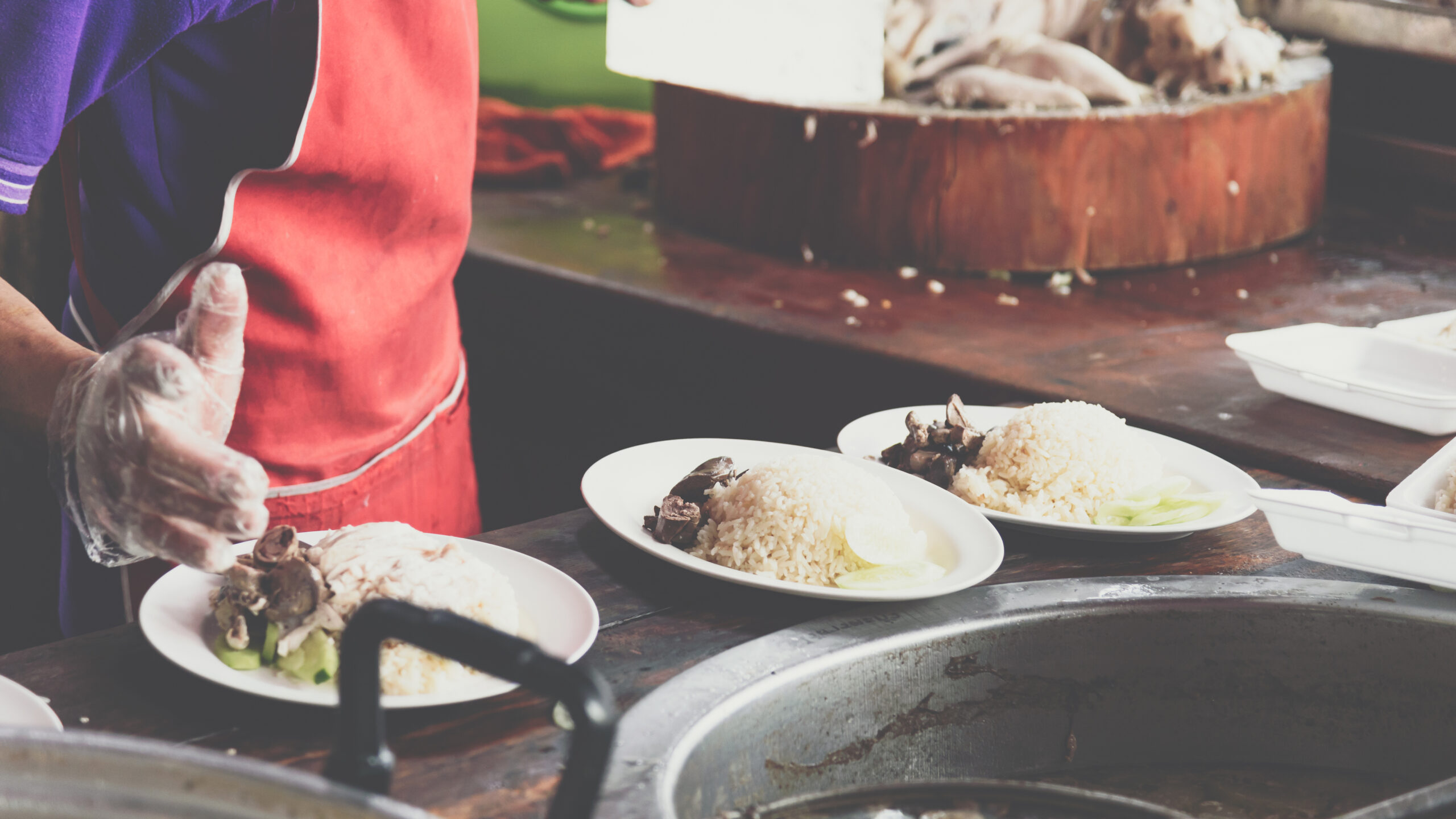
Source: iStock
Final Thoughts
In conclusion, restaurant workplace safety Singapore is an essential aspect that requires a multifaceted approach.
By understanding the risks, implementing safety measures, building a culture of safety, leveraging technology, adapting to new trends, preparing for emergencies, focusing on customer safety, and utilising government resources, restaurants can ensure a safe and thriving environment.
This protects the well-being of all individuals involved and builds a reputation for responsibility and excellence, which is indispensable in the restaurant business.
With dedication, vigilance, and continuous effort, we can contribute to making the delectable culinary journey a safer experience for everyone.
Elevate Your Restaurant’s Safety Standards with Skillmaster
Don’t let slips, trips, and falls hinder the success of your restaurant in Singapore.
Equip your staff with the knowledge and skills to foster a culture of safety through Skillmaster.
Our comprehensive training programs encompass everything from understanding risks to implementing cutting-edge safety measures.
With our expert guidance, transform your restaurant into a haven of efficiency, safety, and culinary excellence.
Enrol in a Skillmaster food safety course today and take the first step towards impeccable restaurant workplace safety in Singapore. Click here to get started.

